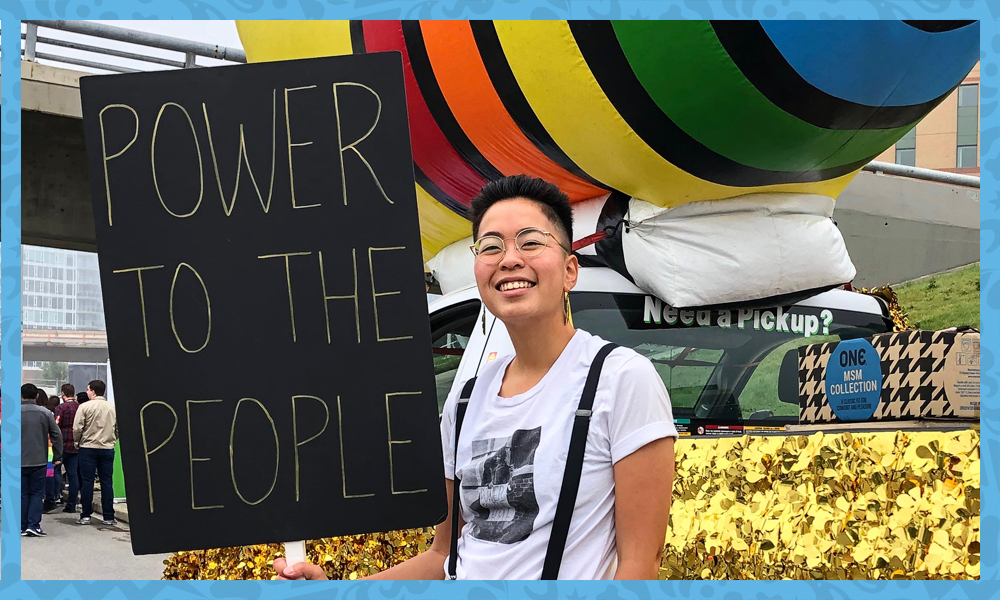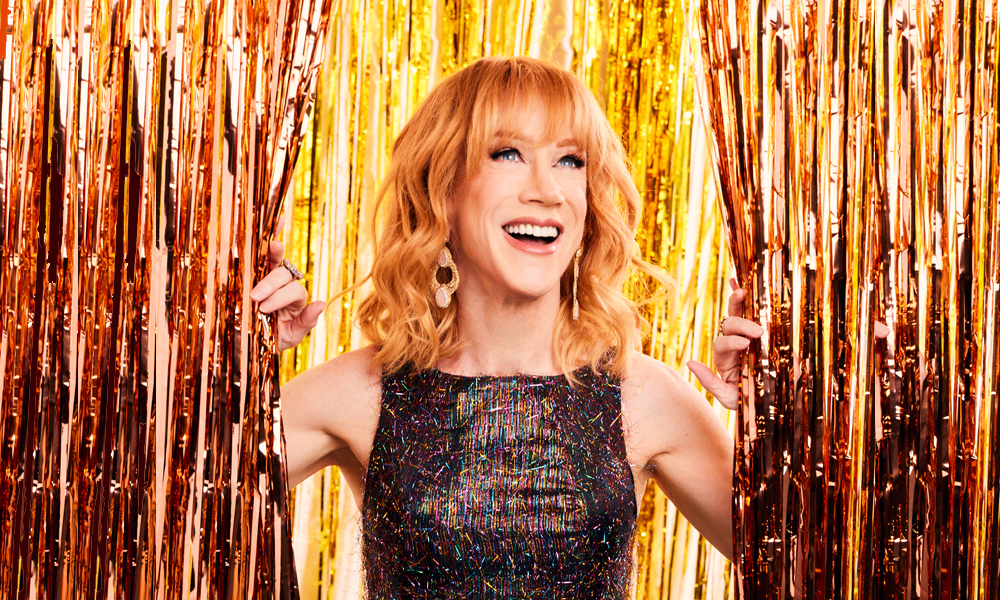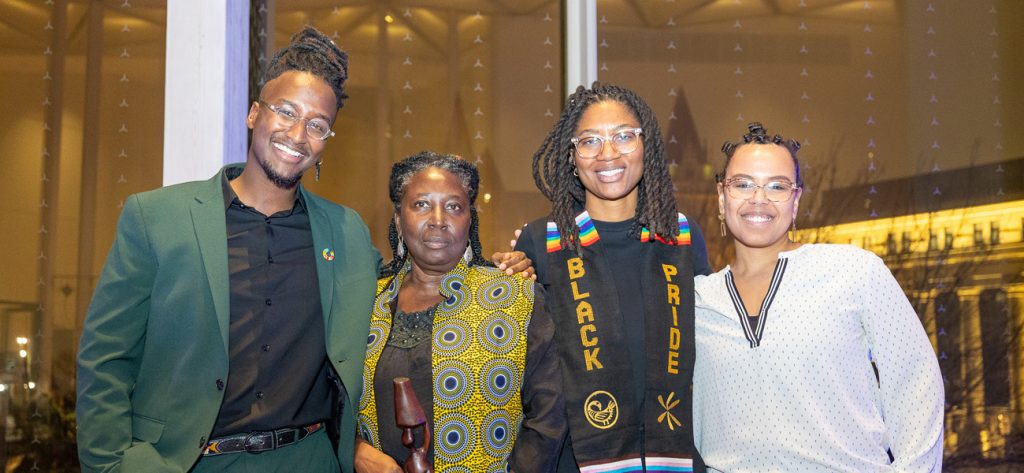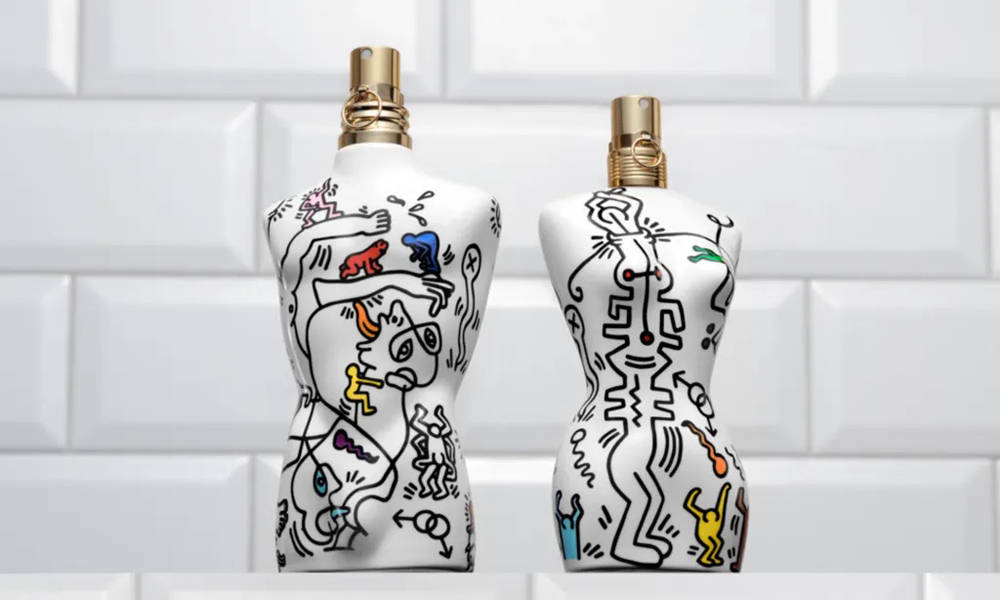Meet the nursing student who is dedicated to making health care more accessible for queer and trans youth…
By Courtney Hardwick
Equal access to health care is a point of pride for Canadians, but the reality is that many people still struggle to get exactly what they need from the healthcare system. Vivianne Quang, a nursing student at Western University, is determined to change that. From better training for mental health professionals to making sexual health education more inclusive, Vivianne is passionate about advocating for LGBTQ2S+ youth and helping them get access to the resources they need to thrive.
Creating safer spaces for LGBTQ2S+ youth is something you’ve been advocating for in the past few years. Can you describe what that means to you?
I have had the privilege of seeing the growth and transformation that LGBTQ2S+ youth experience when they have a space to authentically exist. I think most queer and trans people know what it’s like to feel like they have to hide part of themselves in order to safely navigate our society. That’s why it’s so important to make spaces that clearly state, “We see you, this space is meant for you, and we will accept you for all that you are.”
Can you give us examples of changes that can help LGBTQ2S+ youth feel more welcome and secure?
There isn’t a one-size-fits-all solution to creating safer spaces, but I do believe it is valuable to start with collectively creating community guidelines that all participants can be held accountable to.
What was it like working at Camp fYrefly, a leadership camp for LGBTQ2S+ youth?
It was incredibly moving to see the journey participants experienced throughout the four days. On Day 1, everyone was a bit nervous and quiet. By the end of Day 4, all the participants were in tears over having to leave the chosen family they had grown so close to. Even when the four days came to an end, the passion, ideas, community and learnings live on and are shared with the world through each and every participant. I believe camp truly makes the world a kinder place.
One of my favourite parts about camp was the spaces we held for specific groups within our community, such as racialized spaces and trans-femme spaces. Even within the queer community, these spaces can be challenging to find. Personally, as a queer and trans person of colour, that experience of being part of a queer, racialized space has been absolutely invaluable.
What kinds of things did you get to work on at the Centre for Sexuality in Calgary?
I had the privilege to witness and participate in a number of initiatives, such as updating the provincial sex education curriculum to incorporate an anti-oppressive lens, meeting with Alberta Health Services to make health care more inclusive for queer and trans people, and working with Calgary’s GSA network.
Can you talk about the importance of making mental health resources available to LGBTQ2S+ youth?
They are dealing with a range of unique challenges and are disproportionately affected by mental health-related issues. That’s why tailored mental resources are necessary to help address the stigma and discrimination they face.
I believe that all mental healthcare providers need to receive adequate training on how to provide care for LGBTQ2S+ individuals and communities. Even small things – like including their pronoun with introductions or having a supportive poster/sticker in their office – can help queer and trans youth feel more at ease with their mental healthcare provider.
Have you seen connections between your work with homeless populations and advocacy for LGBTQ2S+ youth?
Homelessness also disproportionately affects LGBTQ2S+ youth. Many are kicked out of their homes once their family discovers they are queer. I have worked with queer homeless people, trans women in particular. Unfortunately, many shelters and other services for homeless people discriminate against transgender folks. This issue definitely needs to be addressed.
How does sexual education need to change to become more inclusive for both the LGBTQ2S+ community and allies?
I think what people need to understand is that comprehensive sex education isn’t just about anatomy, birth control and STIs. It also includes boundary-setting, consent, healthy relationships and self-image. When these topics don’t have an inclusive lens, it can create a lot of harm and misinformation, which can lead to people participating in high-risk activities.
For too long, sex and sex education have been used to control bodies, and it is time to change that. Sex-ed needs to be inclusive, not only of all genders and sexualities but also of all bodies, abilities, ethnicities and cultures. Creating inclusive sex-ed curriculums is a continuous process that requires constant reflection and integration of new evidence.

—
COURTNEY HARDWICK is a Toronto-based freelance writer. Her work has appeared online at AmongMen, Complex Canada, Elle Canada and TheBolde.







POST A COMMENT